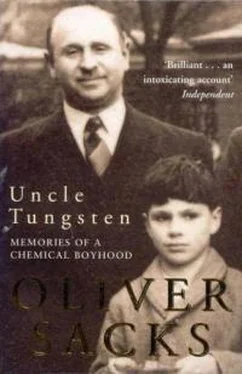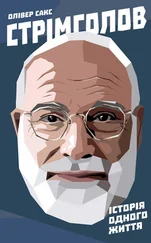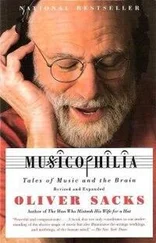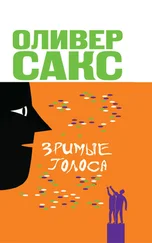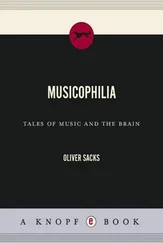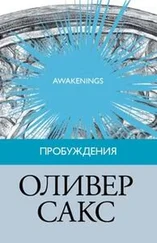* * *
This was some of the history I nosed out when I emerged from my lab and got a ticket to the library of the Science Museum in 1945. It was evident that the history of science was anything but a straight and logical series, that it leapt about, split, converged, diverged, took off at tangents, repeated itself, got into jams and corners. There were some thinkers who paid little attention to history (and it may be that there are many original workers who are much better off for not knowing their precursors or antecedents – Dalton, one feels, might have had more difficulty in proposing his atomic theory had he known the huge and confused history of atomism for the two thousand years that preceded him). But there were others who pondered the history of their subjects continually, and whose own contributions were integrally related to their pondering – and it is clear that this was the case with Cannizzaro. Cannizzaro thought intensely about Avogadro; saw the implications of his hypothesis as no one else had; and with them, and his own creativity, revolutionized chemistry.
Cannizzaro felt very passionately that the history of chemistry needed to be in the minds of his students. In a beautiful essay on the teaching of chemistry, he described how he introduced his pupils to its study by ‘endeavouring to place them… on the same level with the contemporaries of Lavoisier’, so that they might experience, as Lavoisier’s contemporaries did, the full revolutionary force, the wonder of his thought; and then a few years ahead, so that they could experience the sudden, blinding illumination of Dalton.
‘It often happens’, Cannizzaro concluded, ‘that the mind of a person who is learning a new science, has to pass through all the phases which the science itself has exhibited in its historical evolution.’ Cannizarro’s words had a powerful resonance for me, because I, too, in a way, was living through, recapitulating, the history of chemistry in myself, rediscovering all the phases through which it had passed.
When I was very young I had been intrigued by ‘frictional’ electricity, of the sort that made rubbed amber attract bits of paper, and when I returned from Braefield, I began to read about ‘electrical machines’ – discs or globes of some nonconducting material, turned by a crank and rubbed against the hand, or a cloth, or a cushion of some sort – which would produce powerful sparks or shocks of static electricity. It seemed easy enough to make such a simple machine, and in my first attempt at making one I used an old record as the disc. Gramophone records at the time were made of vulcanite and easily electrified; the only problem was that they were thin and fragile, easily shattered. For a second, more robust machine, I used a thick glass plate and a cushion covered with leather and coated with zinc amalgam. I could get handsome sparks from this, more than an inch long, if the weather was dry. (Nothing worked if the weather was damp, for then everything conducted.)
One could connect the electrical machine to a Leyden jar – basically a glass jar coated with tinfoil on both sides, and a metal ball at the top, connected to the inside foil by a metal chain. If one connected several such jars together, they could hold a formidable charge. It was such a ‘battery’ of Leyden jars in the eighteenth century, I read, which had been used in one experiment to give an almost paralyzing shock to a line of eight hundred soldiers, all of them joined by holding hands.
I also got a small Wimshurst machine, a beautiful thing with revolving glass discs and radiating metal sectors that could yield massive sparks up to four inches long. When the plates of the Wimshurst machine were revolving fast, everything around it became highly charged: tassels became electrified, their threads straining apart; pithballs would fly apart, and one felt the electricity on one’s skin. If there was a sharp point nearby, electricity would stream from it in a luminous brush, a little corposant, and one could blow out candles with the outstreaming ‘electric wind’, or even get this to turn a little rotor on its pivot. Using a simple insulating stool – a wooden board supported by four tumblers – I was able to electrify my brothers so their hair stood on end. These experiments showed the repulsive power of like electric charges, each thread of the tassel, each hair, acquiring the same charge (whereas my first experience, with rubbed amber and bits of paper, had shown the power of electrically charged bodies to attract). Opposites attracted, likes repelled.
I wondered whether one could use the static electricity of the Wimshurst machine to light up one of Uncle Dave’s lightbulbs. Uncle said nothing, but provided me with some very fine wire made of silver and gold only a three-hundredth of an inch thick. When I connected the brass balls of the Wimshurst machine with a three-inch length of silver wire on a card, the wire exploded when I turned the handle, leaving a strange pattern on the card. And when I tried it with the gold wire, this was vaporized instantly, turning into a red vapor, gaseous gold. It seemed to me from these experiments that frictional electricity could be quite formidable – but that it was too violent, too intractable, to be of much use.
* * *
Electrochemical attraction, for Davy, was the attraction of opposites – the attraction, for example, of an intensely ‘positive’ metallic ion, a cation like that of sodium, to an intensely ‘negative’ one, an anion like that of chloride. But most elements, he thought, came between these on a continuous scale of electro-positivity or -negativity. The degree of electro-positivity among metals went with their chemical reactivity, hence their ability to reduce or replace less positive elements.
This sort of replacement, without any clear notion of its rationale, had been explored by the alchemists in the production of metallic coatings or ‘trees.’ Such trees were made by inserting a stick of zinc, say, into a solution of another metallic salt (a silver salt, for example). This would result in the displacement of the silver by the zinc, and metallic silver would be precipitated from the solution as a shining, almost fractal, arborescent growth. (The alchemists had given these trees mythical names, so the silver tree was called Arbor Dianae, the lead tree Arbor Saturni, and the tin tree Arbor Jovis.) [34]
I had hoped, at one point, to make such trees of all the metallic elements – trees of iron and cobalt, and bismuth and nickel, of gold, of platinium, of all the platinium metals; of chromium and molybdenum, and (of course!) tungsten; but various considerations (not least, the prohibitive cost of the precious metal salts) confined me to a dozen or so basic ones. But the sheer aesthetic delight of these – no two trees ever looked the same; they were as different, even with the same metal, as snowflakes or ice crystals, and different metals, one could see, were deposited in different ways – soon gave way to a more systematic study. When did one metal lead to the deposition of another? And why? I used a zinc rod, sticking it first into a solution of copper sulfate, and got a gorgeous encrustation, a copper plating, all around it. I then experimented with tin salts, lead salts, and silver salts, putting a zinc rod into solutions of these, and produced shining, crystalline trees of tin, lead, and silver. But when I tried to make a zinc tree, by sticking a copper rod into a solution of zinc sulphate, nothing happened. Zinc was clearly the more active metal, and as such could replace the copper, but not be replaced by it. To make a zinc tree, one had to use a metal even more active than zinc – a magnesium rod, I found, worked well. Clearly all these metals did form a sort of series.
Читать дальше
